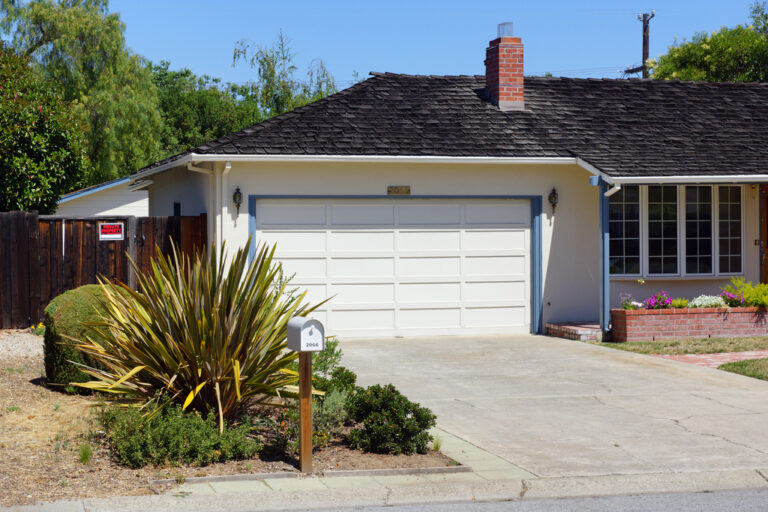Physical Address
304 North Cardinal St.
Dorchester Center, MA 02124
Physical Address
304 North Cardinal St.
Dorchester Center, MA 02124
Some urbanists have become skeptical about the future of autonomous vehicles even as unstaffed, autonomous taxis are now serving customers in Phoenix and Japan. Others worry that AVs, if they are ever deployed widely, will make cities worse. Angie Schmitt posits that allowing AVs in cities without implementing deliberate pro-urban policies first will exacerbate the problems of cars in urban areas. However, cars themselves aren’t to blame for the problems they’ve caused in cities. Policymakers created rules that dedicated public space to cars and prioritized ease of driving over other important goals. Urbanists should be optimistic about the arrival of AVs because urbanist policy goals will be more politically tenable when humans are not behind the wheel. To avoid repeating mistakes of the past, policymakers should create rules that neither subsidize AVs nor give them carte blanche over government-owned rights-of-way. Multiple writers have pointed out that city policymakers should actively be designing policy for the driverless future, but few have spelled out concrete plans for successful driverless policy in cities. Here are three policies that urban policymakers should begin experimenting with right away in anticipation of AVs. Price Roadways Perhaps the biggest concern AVs present for urbanists is that they may increase demand for sprawl. AVs may drastically reduce highway commute times over a given distance through platooning, and if people find their trips in AVs to be time well-spent, when they can work, relax, or sleep, they may be willing to accept even more time-consuming commutes than they do today. As the burden of commuting decreases, they reason, people will travel farther to work. However, the looming increase in sprawl would be due in large part to subsidized roads, not AVs themselves. If riders would have to fully internalize the cost of using road space, they would think twice […]

My guest this week is Anthony Ling. Anthony is founder and editor of Caos Planejado, a Brazilian website on cities and urban planning. He also founded Bora, a transportation technology startup and is currently an MBA candidate at Stanford University. He graduated Architecture and Urban Planning at Universidade Federal do Rio Grande do Sul and worked with Isay Weinfeld early in his career. Read more about the ideas discussed in this week’s episode: Be sure to check out Caos Planejado. Whether Portuguese is your native language or you’re interested in Brazilian urban planning issues, it’s a fantastic resource. Learn more about the emergent order of informal favela development. Everyone interested in urban planning should, at the very lease, read the Wikipedia article on Brasilia. Learn more about on-demand transit. Help spread the word! If you are enjoying the podcast, please subscribe and rate us on your favorite podcasting platform. Find us on iTunes, PlayerFM, Pocket Casts, Stitcher, and Soundcloud. Our theme music is “Origami” by Graham Bole, hosted on the Free Music Archive.
1. This week at Market Urbanism: Nolan Gray‘s latest post, Liberate the Garage!: Autonomous Cars and the American Dream At present, zoning laws effectively prohibit entrepreneurs from using their garages for business. In many Americans cities, hiring employees, hosting visitors, putting up signs, and altering your garage for business purposes are all outright banned. As urban planner Sonia Hirt notes in her most recent book, these regulations reflect American zoning’s dogmatic insistence on separating work from home. These restrictions effectively mandate sprawl by forcing commercial uses and residential uses into segregated districts. More troublingly, these regulations fall hardest on low-income entrepreneurs by significantly raising the cost of starting a business. The article was cited at streetsblog, and Nolan discussed the article on KCBS radio San Francisco Michael Lewyn wrote his first Market Urbanism article, Rent Control: A No-Win It therefore seems to me that pro-rent control municipalities are caught in a no-win situation: if they adopt strict rent controls, they limit housing supply by making housing a less attractive investment. But if they adopt temperate rent controls, they don’t really control rents. 2. Where’s Scott? Scott Beyer is leaving Oklahoma City tonight for Houston to see the rodeo. This week, he delved into foreign policy, writing in Forbes about The Case For Another Cuban Boatlift. Since 1980, Miami has been one of the fastest-growing metro areas by population, and has become one of the best for startup activity and upward mobility. Along with other Latin American immigrants, Cubans have bolstered this, making up over a third of the city’s population…Well into the 21st century, Cubans had among the highest median incomes and homeownership rates of U.S. Hispanic groups. 3. At the Market Urbanism Facebook Group: Michael Hamilton is happy to see good news for once: Arizona Senate Votes to Ban Cities from Banning Airbnb, Couch-Surfing Nick […]

When it comes to the impact autonomous cars will have on cities, there’s plenty of room for disagreement. Will they increase or decrease urban densities? Will they help with congestion or make it worse? At the same time, there seems to be widespread agreement on at least two things: First, far fewer people will own cars. Second, we are not going to need nearly as much parking. By combining the technology of autonomous cars with the business model of transportation network companies like Uber and Lyft, low-cost, on-demand ride-hailing and dynamic routing bus lines could eliminate the need to keep an unused car hanging around for most of the day. When that happens, we will need far fewer parking spaces, turning on-street parking into wider sidewalks and bike lanes and surface lots and parking ramps into residential and commercial uses. So how does the humble American residential garage fit into all this? On its face, the garage is little more than the sheltered parking space that comes with most single-family homes. Yet the garage holds a certain mythological status in the American psyche: It gave rise to iconic American brands like Disney, Harley Davidson, and Mattel. It offered a space in which the firms that would launch the digital economy could get their start, including HP and Apple. Google and Microsoft, which both started in garages, maintain “garage” work spaces to this day in order to cultivate innovation. By providing a flexible space in which knowledge, free time, and ambition can transform into entrepreneurial innovation, the garage has played a crucial role in the American economy. At least in the near term, garages are not going anywhere. Unlike municipal governments and large private landowners who will likely face immediate political and market pressures to retool their parking spaces, many homeowners are structurally stuck with their garages. Millions of garages could go unused, occasionally kept active by automobile hobbyists, most likely turning into de facto storage units. But it doesn’t have to be […]